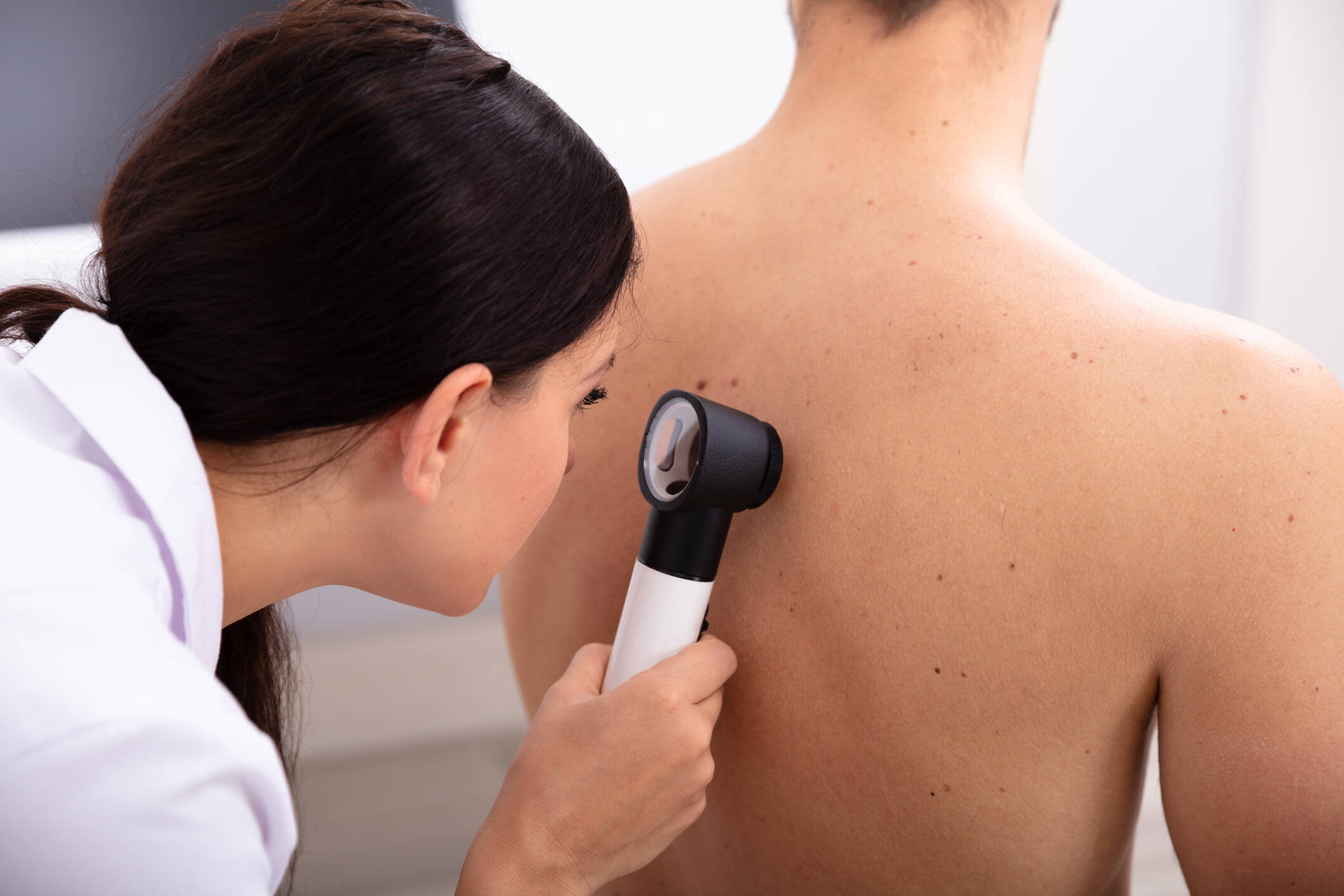Skin cancer diagnoses have increased by 37% in Bogotá: 'Some people may have it and don't know it'

In recent years, diagnosed cases of skin cancer in Bogotá have increased by nearly 37 percent , according to the city's Skin Cancer Observatory. This data was shared by Dr. Wilson Cubides Martínez, executive director of the Colombian League Against Cancer , who warns that the problem could be even greater due to significant underreporting nationwide .
“Globally, there has been a significant underreporting of this pathology, because classifications separate basal cell carcinoma, squamous cell carcinoma, and melanoma as if they were distinct diseases, when in reality they are all skin cancers,” Cubides explained.
The executive warned that this is a silent disease that most frequently affects farmers, ranchers, drivers, physical education teachers, and other professionals who are continuously exposed to ultraviolet radiation. However, awareness of skin care remains low, especially among men. "Even some of those present here may have skin cancer and not know it," he warned.
Skin cancer affects more than 330,000 people worldwide each year (Globocan, 2022), and 1,773 cases have been reported in Colombia. The main cause is prolonged exposure to UV rays, which is why specialists recommend using sunscreen with SPF 50+ every day, reapplying every 3 hours; avoiding the sun between 10:00 a.m. and 4:00 p.m.; and performing self-exams.

"We want the population to incorporate monthly check-ups of their entire body." Photo: Courtesy of BMS
Dr. Cubides identifies several challenges the country must address: “Skin cancer, if detected early, can be treated, improved, and even cured. But late diagnosis limits the possibilities, and in remote areas, access to a dermatologist is practically nonexistent,” the expert emphasized.
For Cubides, among the challenges the country must overcome to confront this disease are, for example, overcoming underreporting and understanding the true magnitude of the disease; educating the population through schools, universities, and unions; expanding access to dermatologists in rural areas; and ensuring timely treatment once a diagnosis is made.
In this context, the League, together with L'Oréal, La Roche-Posay and Asocolderma, joined forces to launch the third edition of the Save Your Skin tour, which will visit nine cities - including Bogotá, Cali, Medellín, Barranquilla, Ibagué, Cartagena, Valledupar, Bucaramanga and Cúcuta - to offer free consultations , biopsies and direct management with the EPS of diagnosed patients.
The tour will begin in Bogotá, with visits between August 15 and 23, to locations such as El Dorado International Airport, the Unicentro Shopping Center, and the 26th Military Medical Unit. It will then visit:
- Ibagué: August 28-29.
- Medellín: September 4-6.
- Cali: September 11-13.
- Bucaramanga: September 19-20.
- Cúcuta: September 22.
- Valledupar: September 24.
- Barranquilla: September 26-28.
- Cartagena: October 2-4.
For Melanie Cooper, general manager of L'Oréal Dermatological Beauty, expectations are high. “This is the third year of the Save Your Skin Tour. Last year, we performed nearly 3,500 mole checks. This year, we aim to achieve nearly 5,000 in Colombia and close to 10,000 total in the four countries we will be present in: Peru, Colombia, Ecuador, and Guatemala.”
Cooper emphasized that the strategy includes reaching vulnerable cities where dermatologists are typically unavailable. " In Colombia, there is one dermatologist for every 50,000 inhabitants, and 80% of them are concentrated in large cities. This means that a large portion of the population doesn't have easy access to a specialist," he said.

If you notice a skin lesion, it's important to see a dermatologist. Photo: iStock
Dr. Paola Macías, a representative of Asocolderma, emphasized that education is the foundation of prevention. "We want the population to incorporate monthly examinations of their entire body, completely naked in front of a mirror, with the help of additional mirrors or another person to check difficult areas like the back or scalp," she recommended.
Macías insisted on applying the ABCDE rule to identify warning signs in moles or spots: “ Asymmetry, irregular edges, uneven color, a diameter greater than six millimeters, and rapid growth are signs that should not be ignored .”
The dermatologist compared this checkup to other basic health routines: "Just as we go to the dentist once a year, we should go to the dermatologist for an annual skin checkup. When we prevent or detect it early, the impact on the prognosis is much more favorable."
eltiempo




